Hyundai Ioniq – Hyundai is pushing really hard with alternate powertrain vehicles putting a focus on petrol electric hybrids and full electric cars.
They offer three versions of the Ioniq 5-door hatch… a hybrid in the conventional sense with a petrol engine coupled to an electric boost engine, a plug- in hybrid electric version with a similar powertrain as the hybrid but with a rechargeable battery that gives around 60km EV mode and a full electric Ioniq with perhaps 300km range and no petrol engine.
Subject of this review is the PHEV, the one with petrol, electric and plug in facility.
Driven was the top of the range Premium version going for $46,490, the lower spec’ Elite costs $41,990.
This is the second version of Ioniq seen here and benefits from more attractive styling and powertrain and features upgrades.
Ioniq PHEV and Hybrid look i30 mainstream thanks to a conventional grille but full EV model looks unusual with a faux grille panel. All have strange wheels with the air of a whacky EV. Dunno why car companies do this but Hyundai isn’t Robinson Crusoe on this score.
The inside has been upgraded and now has a large 10.25-inch control screen looking after many of the car’s functions/infotainment.
The dash is soft feel this time and they’ve added (unnecessarily in my opinion) ambient lighting.
Safety is improved with a full suite of Hyundai’s SmartSense advanced driver assist technology taking the driver out of the equation if needed.
Hyundai Australia had a hand in Ioniq’s dynamic package specifying local suspension and steering calibration.
Ioniq PHEV is claimed to be Australia’s most fuel efficient car at 1.1-litres/100km but used normally… as a hybrid, you can expect around 4.0 litres/100km, perhaps a bit more.
On test I didn’t use the plug in facility because it’s too inconvenient. Another driver plugged it in at a shopping centre charger for about 1.5 hours and attained minimal increase in EV driving range.
The big issue for Ioniq is summed up simply by the words “Camry Hybrid” priced from $30,590.
Then there’s Corolla hybrid from $26,335.
Exterior
Ioniq is in a classic five door hatch style with high mounted tail lights incorporated into the large tailgate complete with integrated aero wing. The arcing roofline starts at the screen and ends at the tail lights.
It has a sleek profile with nicely sharp edges accentuating its shape. The rear bumper is boxy giving more volume to the rear view. Arrow shaped tail lights complement the headlights and Ioniq has a low stance as befits a car designed to minimise fuel use.
There’s no ignoring obvious family styling links to Hyundai i30 and other models in the range.
Ioniq is easy on the eye, conventional and mainstream to look at, unlike under the skin.
Interior
Inside is pretty much standard Hyundai passenger car with a few specific EV/hybrid features.
The well bolstered seats are sporty and firm, the leather is smooth and soft (Premium) and there’s room inside for four with a large boot behind. Access is OK despite the low roofline and adequate space is provided in the rear seat legroom area.
A simple dash is punctuated by a super-size info touch-screen in the middle with a secondary instrument pod for the driver.
A sporty flat bottom wheel is home for multiple controls including paddle shift for the 6-speed dual clutch auto transmission.
The test car had excellent SUNA satnav with camera warning and a decent audio system with 8 speakers.
Travelling in the front seats is enhanced by soft touch surfaces and arm rests both sides and in the middle.
It’s all shades of grey inside highlighted by discreet metal trim and some other contrast fascia.
Features
As this was the Premium model, it misses out on very little with goodies like;
- 8-speaker audio
- Huge centre info screen
- One pedal drive facility
- LED headlights
- Dual zone climate control.
- AC and DC recharge system
- High beam assist
Drive and Engine
Ioniq PHEV goes well offering plenty of acceleration thanks in part to the 6-speed dual clutch auto transmission where you might have expected a slurring CVT.
The electric motor is a boost motor adding to Ioniq PHEV’s overall performance and aiding fuel economy into the bargain.
You can have near silent running with the electric powertrain operating. You can also drive it in a sporty vein using the paddle shift should you desire.
The engine is a 77kW 1.6-litre, direct injection, petrol unit hooked up to a 44kW electric motor. Combined output is 104kW with what feels like about 200Nm of torque.
The battery is a lithium ion polymer battery with 8.9kWh capacity. It is capable of a claimed 63km range from full charge.
Locally calibrated suspension is set for supple to give more comfort on rough roads.
I found some of the advanced driver assist technology too intrusive such as the lane keeping assist. I turned it off because it pulls the car around too much in my opinion. Defaults to on again once you restart the engine.
Other driver assist tech is handy including the lane following assist and driver attention warning.
I didn’t have to refuel the test car in 600km of test drive which is bloody good. Dunno how far it will go on a tank, possibly 800km real world given electric motor assistance and regenerative braking.
This model offers one pedal driving if you select full regen’ braking which slows the car dramatically when you lift off the throttle.
The plug-in facility?
A waste of time I reckon. All that complexity for 63km…
Safety
Five stars all the way. The latest generation scores a full suite of camera driven advanced driver assist technology called Hyundai SmartSense that brings adaptive cruise control, reverse camera with parking guide, lane keeping assist, blind spot warning, autonomous emergency braking, driver attention warning and plenty more.
Good Bits
- Impressive fuel economy
- Impressive safety features
- Safety features
Not So Good Bits
- Expensive compared to non plug-in Camry hybrid
- Some over responsive advanced driver assist features
- Plug-in recharge takes too long, inconvenient.
Summary
Yeah, the Ioniq…..
I like what Hyundai is doing here but when you boil it all down, there are possibly too many versions of this model. Hybrid car sales are booming in Australia driven by Toyota’s Camry, Corolla and RAV4 hybrids which are well priced and have the technology buyers want right now.
If I was going to buy the Ioniq it would be the hybrid, not the other two….
Also look at
Facts and Figures: 2020 Hyundai Ioniq Premium PHEV
- Engine: 1.6L four-cylinder hybrid producing 104kW/200Nm (approx.)
- Transmission: Six-speed sports automatic
- Warranty: 5 years/ unlimited km
- Safety: Five stars
- Origin: South Korea
- Price: from $46,490 MLP*
*MLP Includes GST and LCT but excluding statutory charges, dealer costs and dealer delivery. See your dealer for RDAP. Does not include price of options. Some features mentioned in the article are options
Hyundai Ioniq PHEV
Summary
Yeah, the Ioniq…..
I like what Hyundai is doing here but when you boil it all down, there are possibly too many versions of this model. Hybrid car sales are booming in Australia driven by Toyota’s Camry, Corolla and RAV4 hybrids which are well priced and have the technology buyers want right now.
If I was going to buy the Ioniq it would be the hybrid, not the other two…

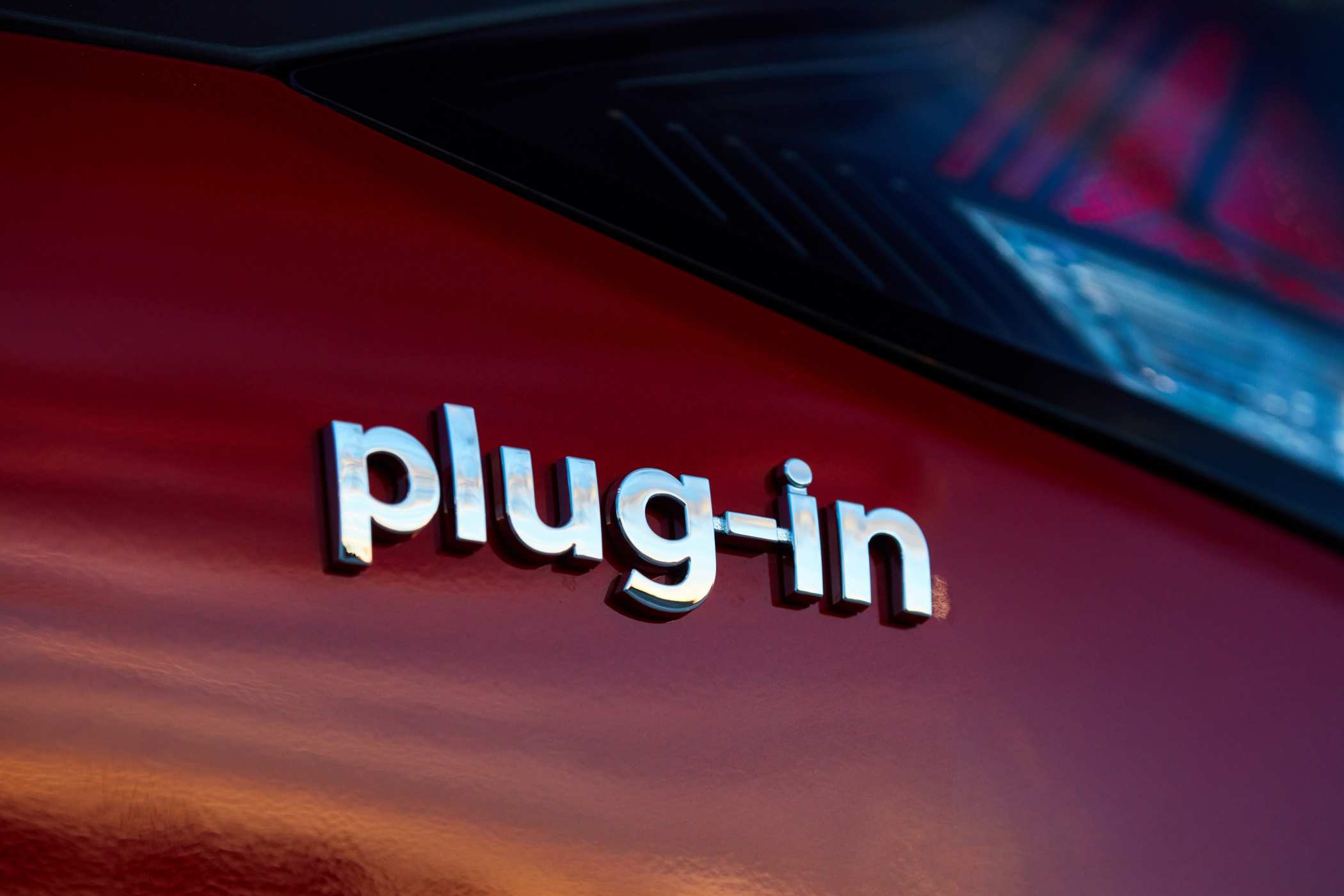
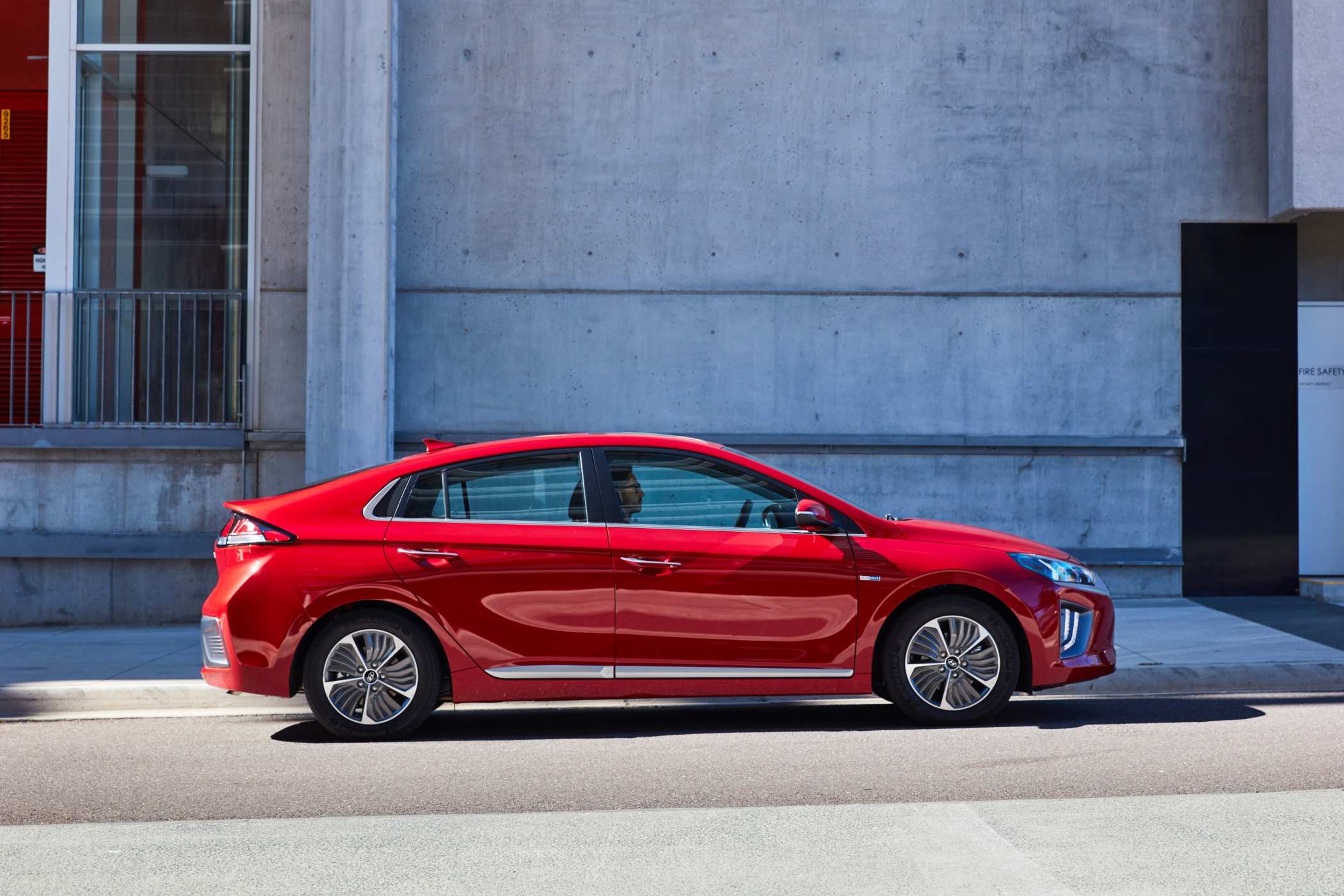
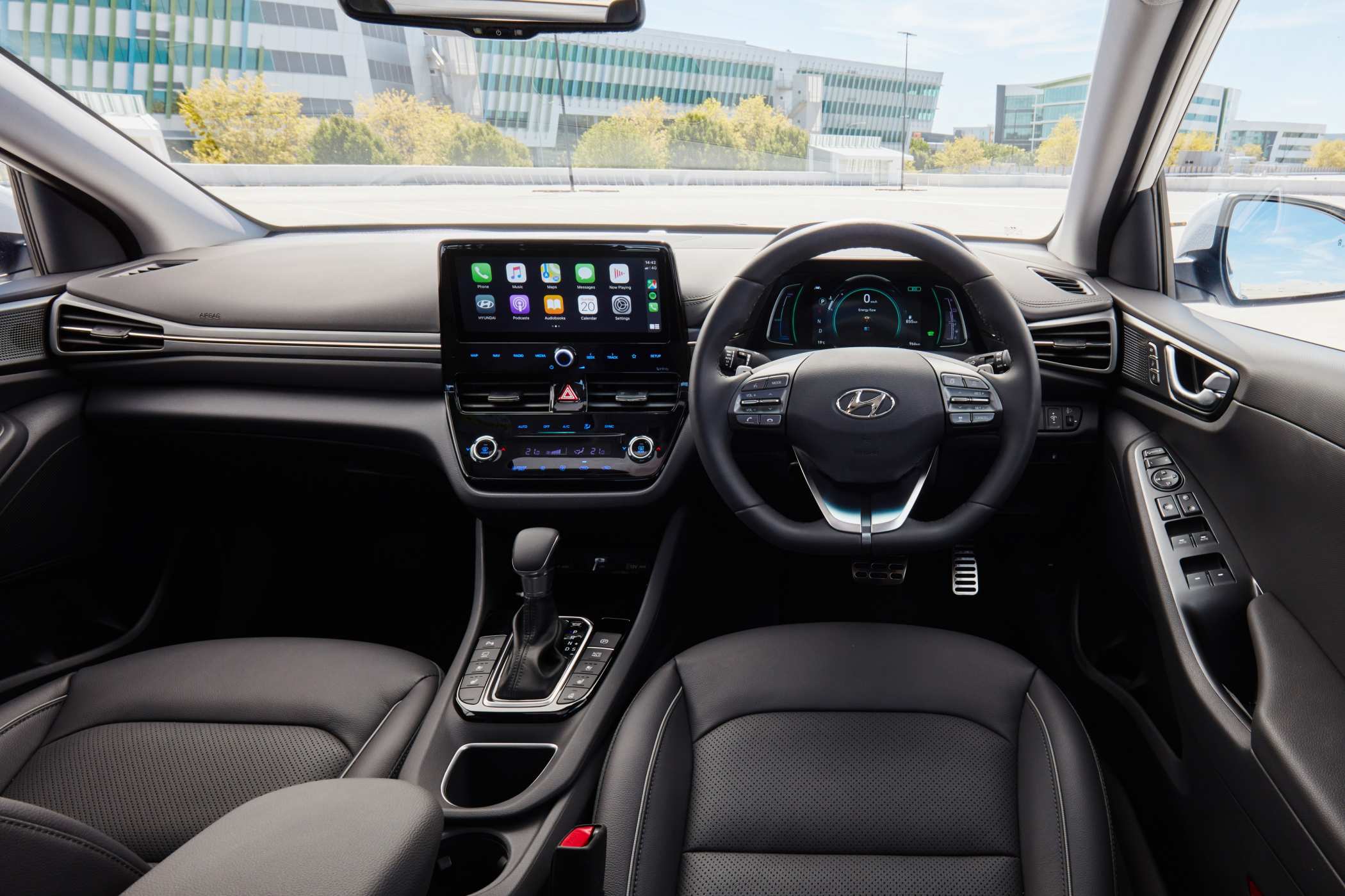
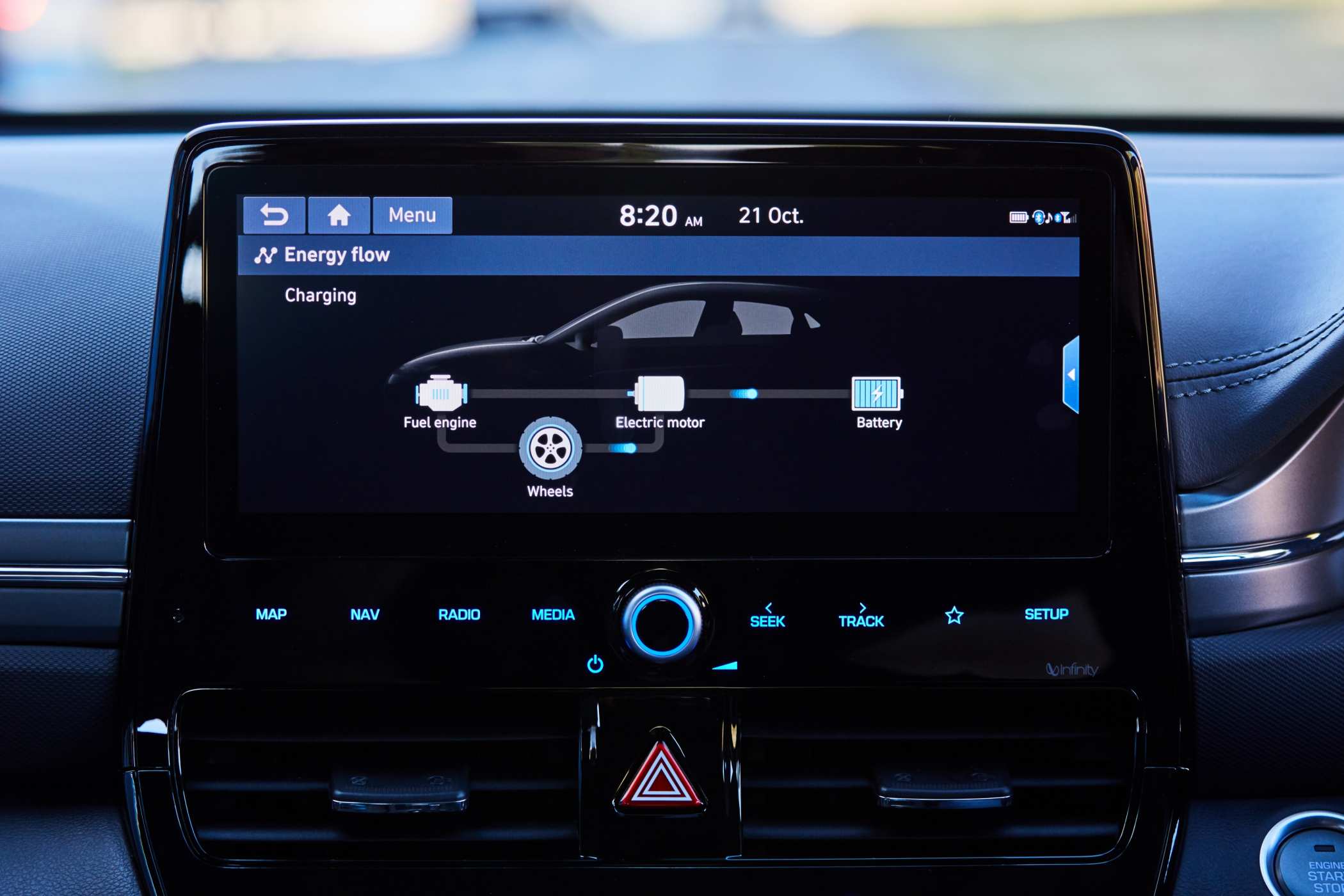
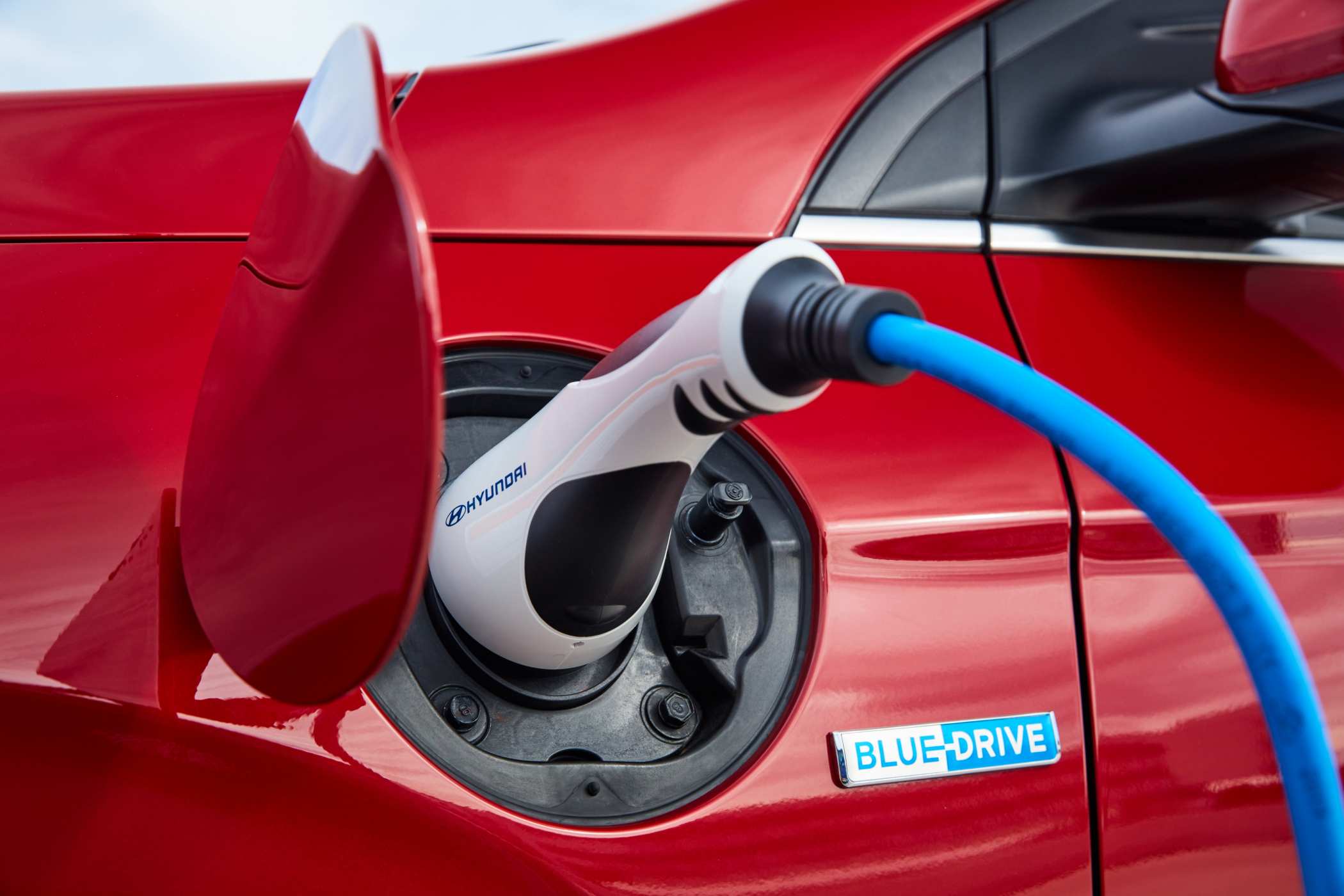
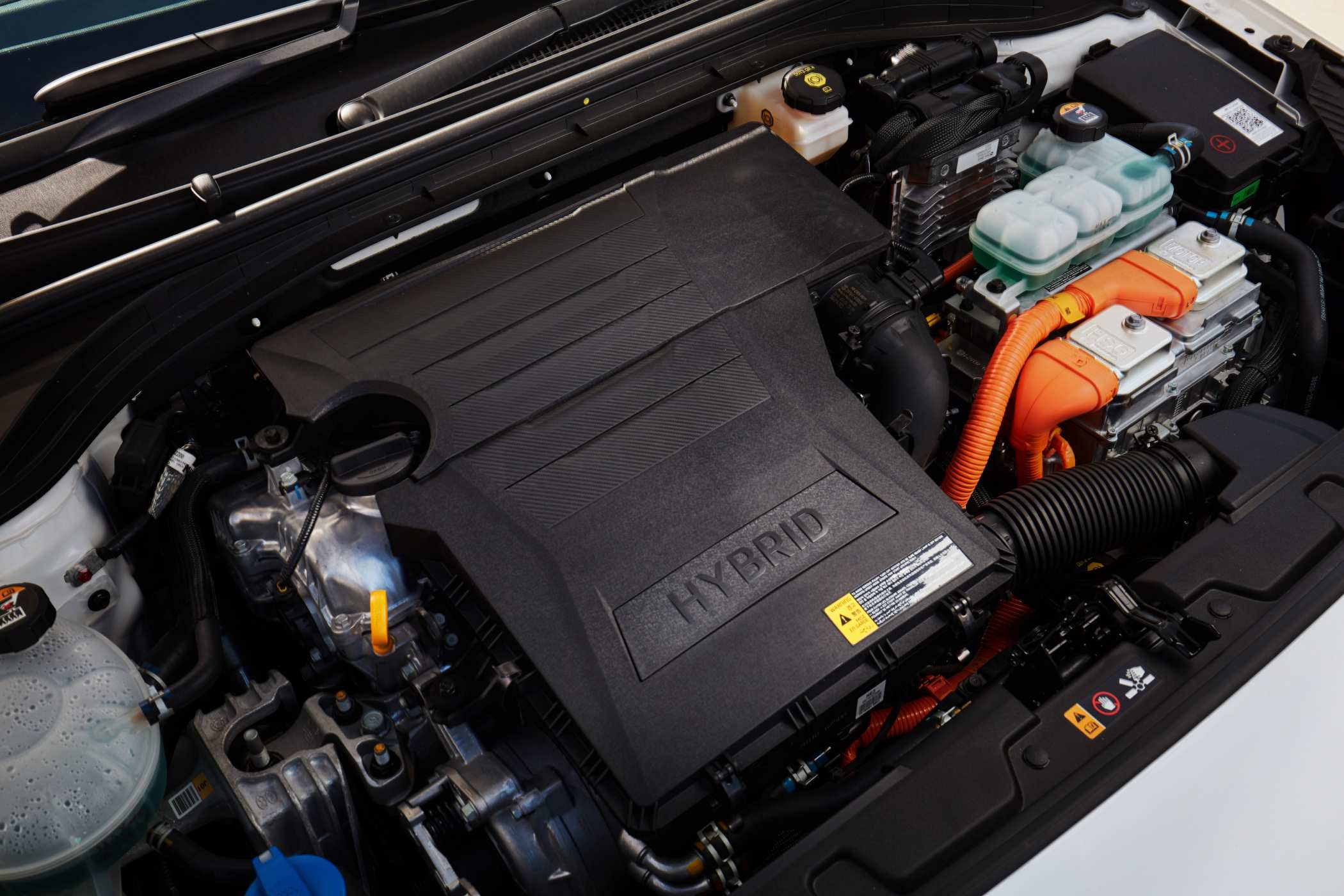
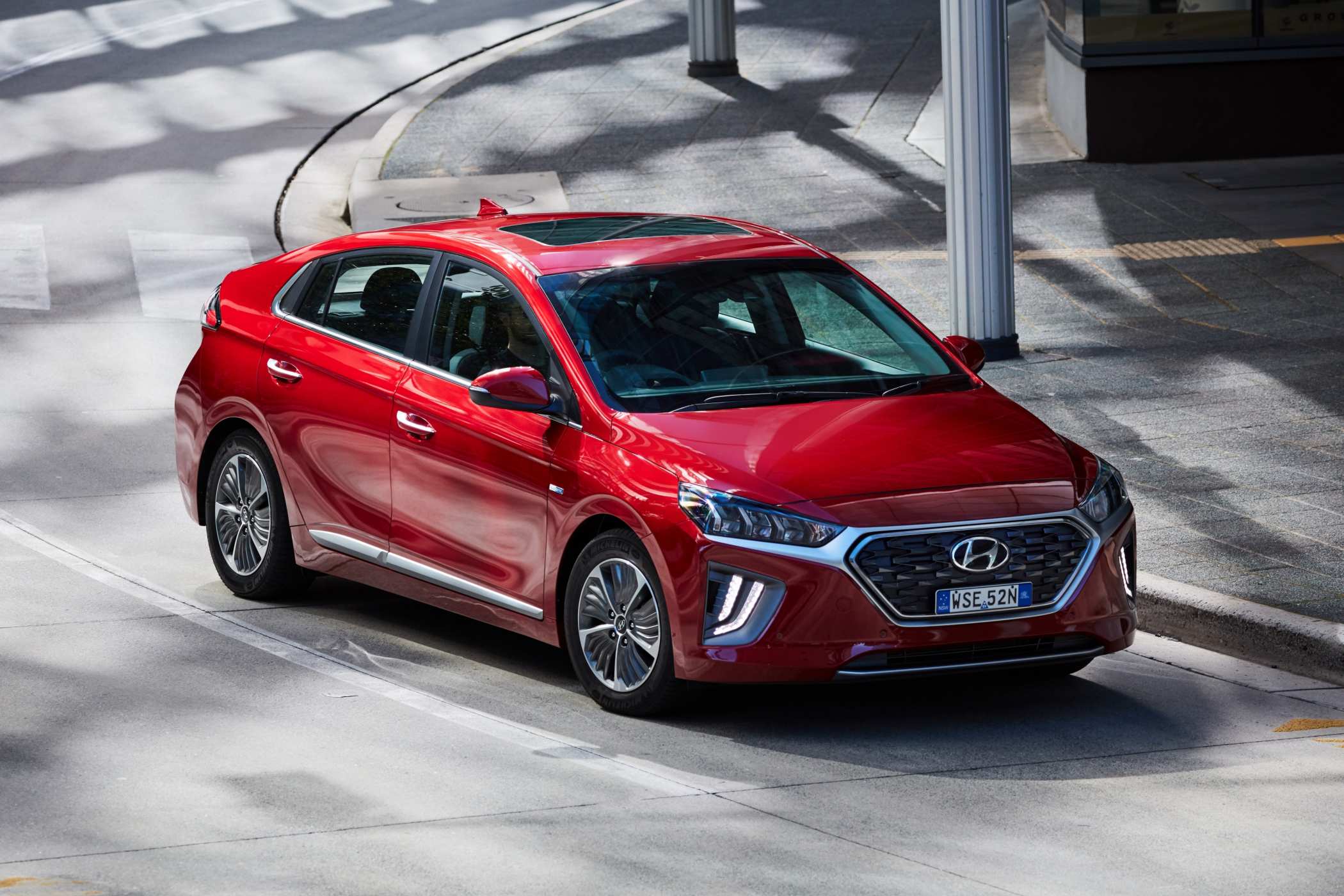




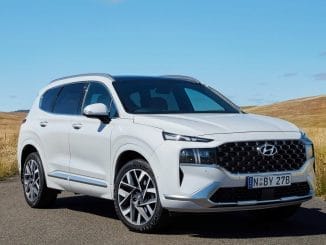
Be the first to comment